4.5/5 mm Locking Orthopedic Implants
Vast Ortho 4.5/5 mm Locking Implants categories contains all plates and screws from 4.5/5 mm Locking Bone Plates. Check below all products from 4.5/5 mm Locking Implants categories.
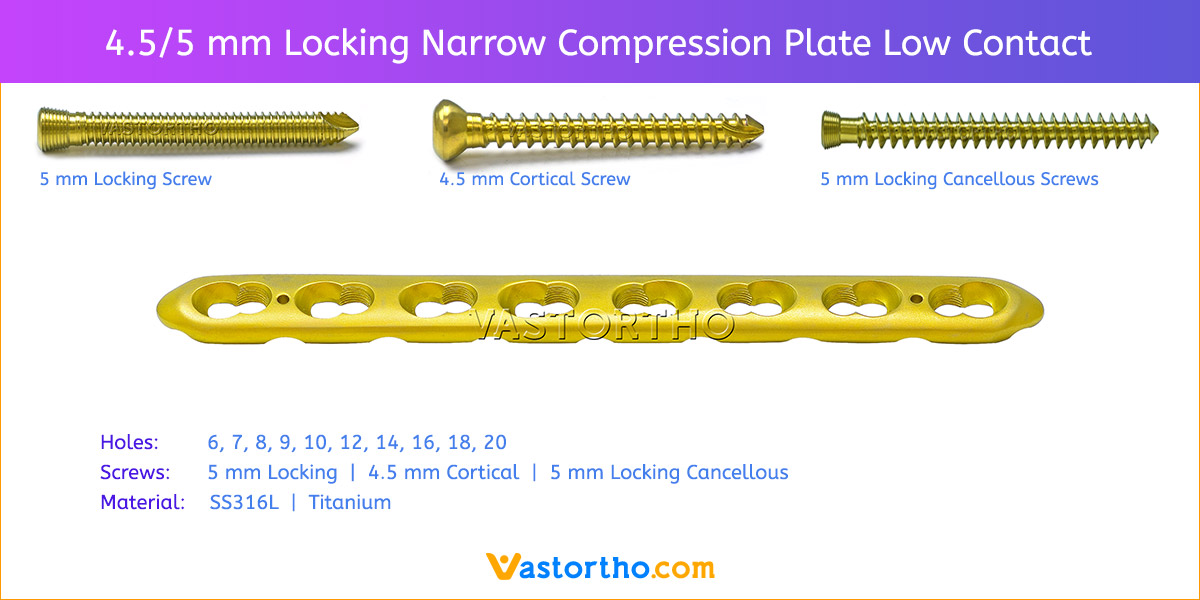 https://www.vastortho.com/wp-content/uploads/5-mm-Locking-Narrow-Compression-Plate.jpg
600
1200
VastOrtho
https://www.vastortho.com/wp-content/uploads/Vast-Ortho-Logo-for-website.png
VastOrtho2022-02-09 22:57:012023-07-19 17:08:394.5/5 mm Locking LCP Narrow Plate
https://www.vastortho.com/wp-content/uploads/5-mm-Locking-Narrow-Compression-Plate.jpg
600
1200
VastOrtho
https://www.vastortho.com/wp-content/uploads/Vast-Ortho-Logo-for-website.png
VastOrtho2022-02-09 22:57:012023-07-19 17:08:394.5/5 mm Locking LCP Narrow Plate https://www.vastortho.com/wp-content/uploads/5-mm-Locking-Broad-Compression-Plate.jpg
600
1200
VastOrtho
https://www.vastortho.com/wp-content/uploads/Vast-Ortho-Logo-for-website.png
VastOrtho2022-02-09 21:59:342023-07-19 17:09:224.5/5 mm Locking LCP Broad Plate
https://www.vastortho.com/wp-content/uploads/5-mm-Locking-Broad-Compression-Plate.jpg
600
1200
VastOrtho
https://www.vastortho.com/wp-content/uploads/Vast-Ortho-Logo-for-website.png
VastOrtho2022-02-09 21:59:342023-07-19 17:09:224.5/5 mm Locking LCP Broad Plate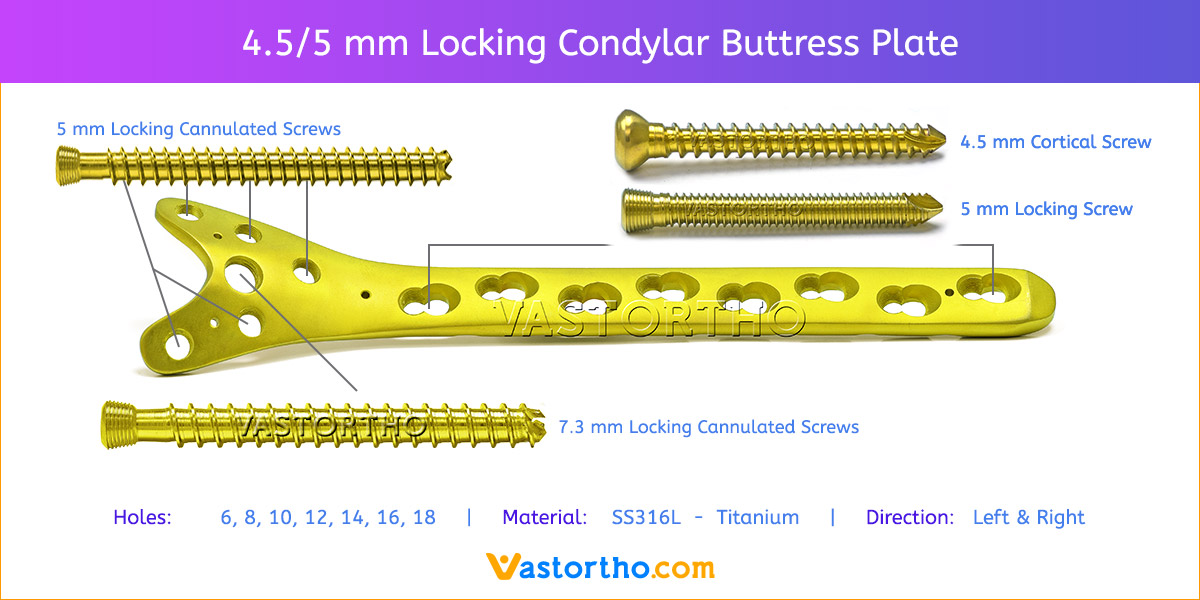 https://www.vastortho.com/wp-content/uploads/5-mm-Locking-Condylar-Buttress-Plate.jpg
600
1200
VastOrtho
https://www.vastortho.com/wp-content/uploads/Vast-Ortho-Logo-for-website.png
VastOrtho2017-11-28 05:55:042023-07-19 18:04:344.5/5 mm Locking Condylar Buttress Plate
https://www.vastortho.com/wp-content/uploads/5-mm-Locking-Condylar-Buttress-Plate.jpg
600
1200
VastOrtho
https://www.vastortho.com/wp-content/uploads/Vast-Ortho-Logo-for-website.png
VastOrtho2017-11-28 05:55:042023-07-19 18:04:344.5/5 mm Locking Condylar Buttress Plate https://www.vastortho.com/wp-content/uploads/5-mm-Locking-Narrow-Compression-Plate.jpg
600
1200
VastOrtho
https://www.vastortho.com/wp-content/uploads/Vast-Ortho-Logo-for-website.png
VastOrtho2017-01-30 10:00:192023-07-19 21:16:374.5/5 mm Locking Narrow Compression Plate
https://www.vastortho.com/wp-content/uploads/5-mm-Locking-Narrow-Compression-Plate.jpg
600
1200
VastOrtho
https://www.vastortho.com/wp-content/uploads/Vast-Ortho-Logo-for-website.png
VastOrtho2017-01-30 10:00:192023-07-19 21:16:374.5/5 mm Locking Narrow Compression Plate https://www.vastortho.com/wp-content/uploads/5-mm-Locking-Broad-Compression-Plate.jpg
600
1200
VastOrtho
https://www.vastortho.com/wp-content/uploads/Vast-Ortho-Logo-for-website.png
VastOrtho2017-01-29 10:00:502023-07-19 21:19:474.5/5 mm Locking Broad Compression Plate
https://www.vastortho.com/wp-content/uploads/5-mm-Locking-Broad-Compression-Plate.jpg
600
1200
VastOrtho
https://www.vastortho.com/wp-content/uploads/Vast-Ortho-Logo-for-website.png
VastOrtho2017-01-29 10:00:502023-07-19 21:19:474.5/5 mm Locking Broad Compression Plate https://www.vastortho.com/wp-content/uploads/5-mm-Locking-Reconstruction-Plate-Straight.jpg
600
1200
VastOrtho
https://www.vastortho.com/wp-content/uploads/Vast-Ortho-Logo-for-website.png
VastOrtho2017-01-28 10:00:042023-07-19 21:24:494.5/5 mm Locking Reconstruction Plate Straight
https://www.vastortho.com/wp-content/uploads/5-mm-Locking-Reconstruction-Plate-Straight.jpg
600
1200
VastOrtho
https://www.vastortho.com/wp-content/uploads/Vast-Ortho-Logo-for-website.png
VastOrtho2017-01-28 10:00:042023-07-19 21:24:494.5/5 mm Locking Reconstruction Plate Straight https://www.vastortho.com/wp-content/uploads/5-mm-Locking-Reconstruction-Plate-Curved.jpg
600
1200
VastOrtho
https://www.vastortho.com/wp-content/uploads/Vast-Ortho-Logo-for-website.png
VastOrtho2017-01-27 10:00:522023-07-19 21:34:564.5/5 mm Locking Reconstruction Plate Curved
https://www.vastortho.com/wp-content/uploads/5-mm-Locking-Reconstruction-Plate-Curved.jpg
600
1200
VastOrtho
https://www.vastortho.com/wp-content/uploads/Vast-Ortho-Logo-for-website.png
VastOrtho2017-01-27 10:00:522023-07-19 21:34:564.5/5 mm Locking Reconstruction Plate Curved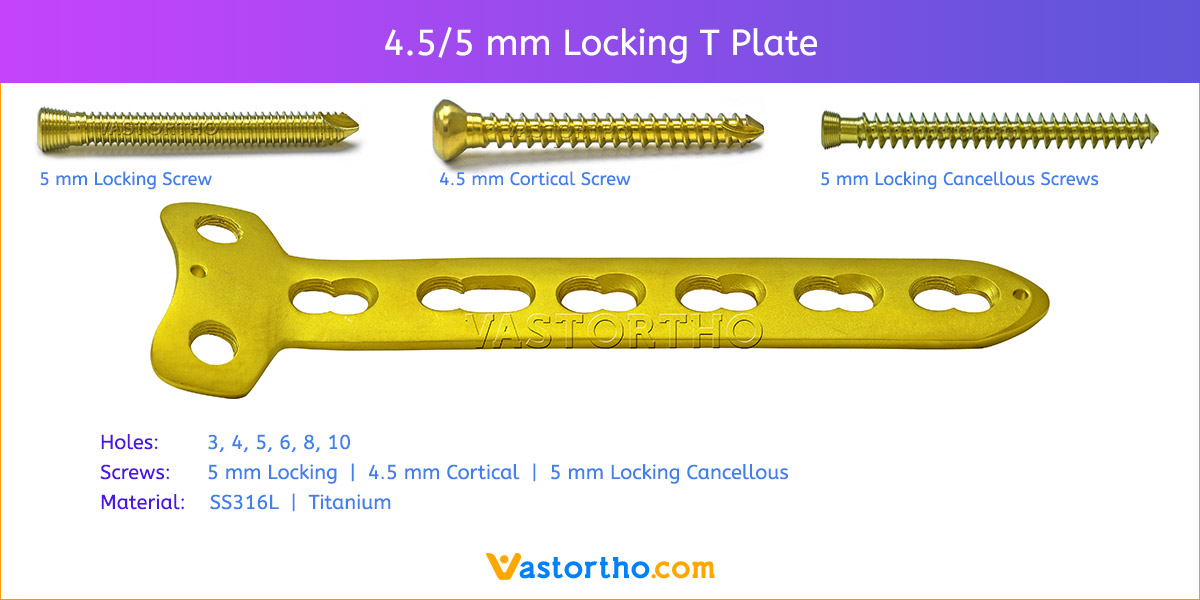 https://www.vastortho.com/wp-content/uploads/5-mm-Locking-T-Plate.jpg
600
1200
VastOrtho
https://www.vastortho.com/wp-content/uploads/Vast-Ortho-Logo-for-website.png
VastOrtho2017-01-26 10:00:062023-07-19 21:39:404.5/5 mm Locking T Plate
https://www.vastortho.com/wp-content/uploads/5-mm-Locking-T-Plate.jpg
600
1200
VastOrtho
https://www.vastortho.com/wp-content/uploads/Vast-Ortho-Logo-for-website.png
VastOrtho2017-01-26 10:00:062023-07-19 21:39:404.5/5 mm Locking T Plate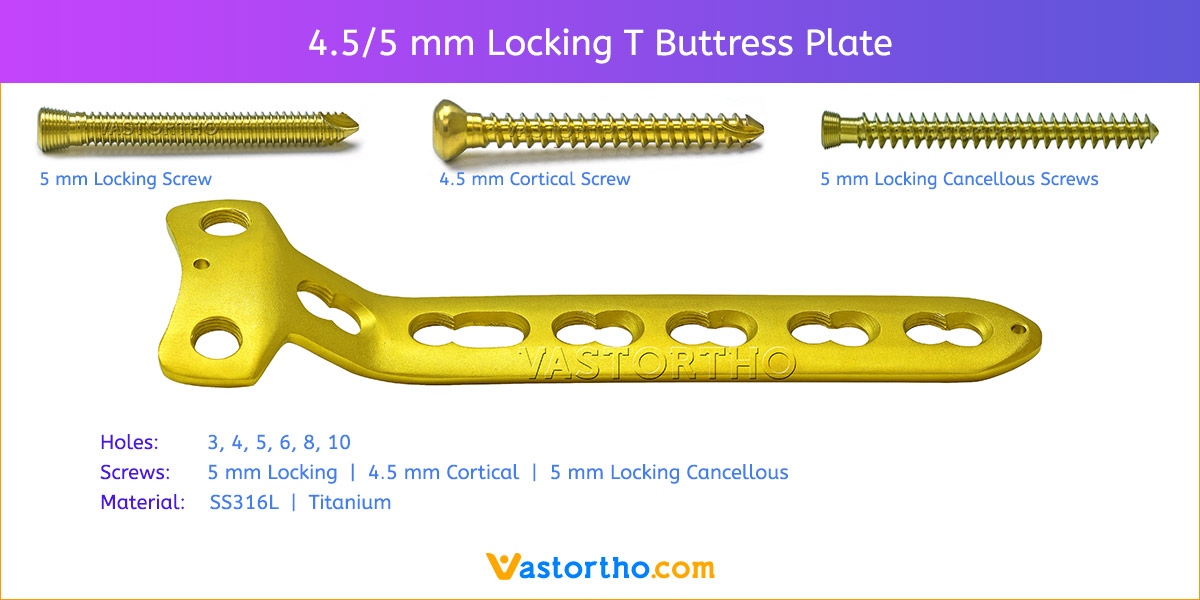 https://www.vastortho.com/wp-content/uploads/5-mm-Locking-T-Buttress-Plate.jpg
600
1200
VastOrtho
https://www.vastortho.com/wp-content/uploads/Vast-Ortho-Logo-for-website.png
VastOrtho2017-01-25 10:00:072023-07-19 21:46:164.5/5 mm Locking T Buttress Plate
https://www.vastortho.com/wp-content/uploads/5-mm-Locking-T-Buttress-Plate.jpg
600
1200
VastOrtho
https://www.vastortho.com/wp-content/uploads/Vast-Ortho-Logo-for-website.png
VastOrtho2017-01-25 10:00:072023-07-19 21:46:164.5/5 mm Locking T Buttress Plate https://www.vastortho.com/wp-content/uploads/5-mm-Locking-Proximal-Tibia-Plate.jpg
600
1200
VastOrtho
https://www.vastortho.com/wp-content/uploads/Vast-Ortho-Logo-for-website.png
VastOrtho2017-01-24 10:00:032023-07-19 21:51:244.5/5 mm Locking Proximal Tibia Plate
https://www.vastortho.com/wp-content/uploads/5-mm-Locking-Proximal-Tibia-Plate.jpg
600
1200
VastOrtho
https://www.vastortho.com/wp-content/uploads/Vast-Ortho-Logo-for-website.png
VastOrtho2017-01-24 10:00:032023-07-19 21:51:244.5/5 mm Locking Proximal Tibia Plate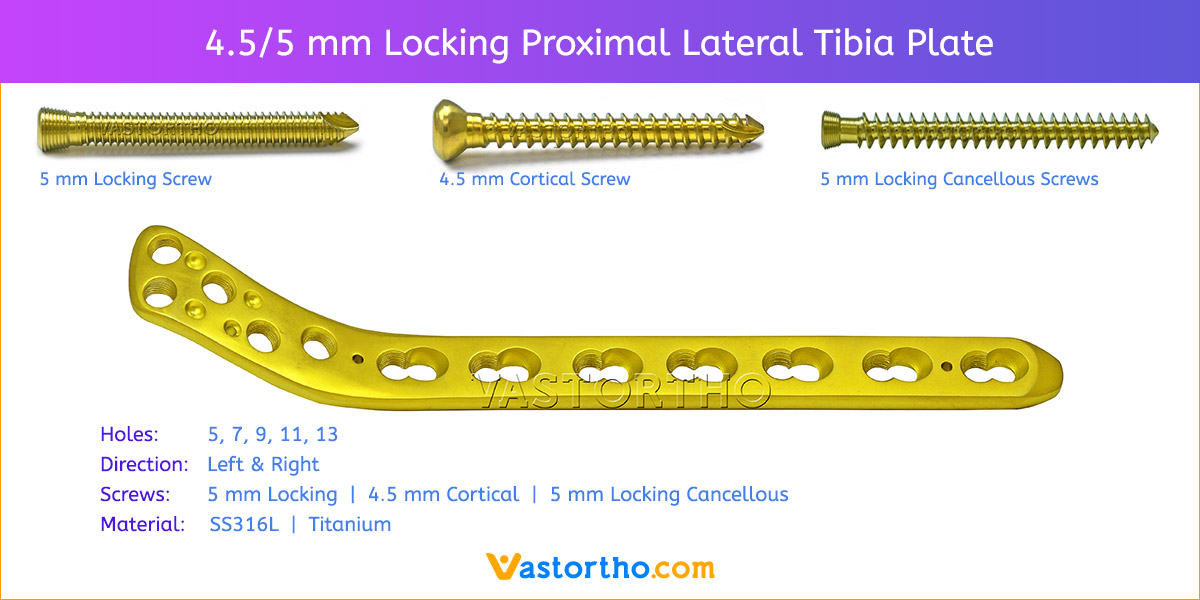 https://www.vastortho.com/wp-content/uploads/5-mm-Locking-Proximal-Lateral-Tibia-Plate.jpg
600
1200
VastOrtho
https://www.vastortho.com/wp-content/uploads/Vast-Ortho-Logo-for-website.png
VastOrtho2017-01-23 10:00:032024-04-27 22:25:264.5/5 mm Locking Proximal Lateral Tibia Plate
https://www.vastortho.com/wp-content/uploads/5-mm-Locking-Proximal-Lateral-Tibia-Plate.jpg
600
1200
VastOrtho
https://www.vastortho.com/wp-content/uploads/Vast-Ortho-Logo-for-website.png
VastOrtho2017-01-23 10:00:032024-04-27 22:25:264.5/5 mm Locking Proximal Lateral Tibia Plate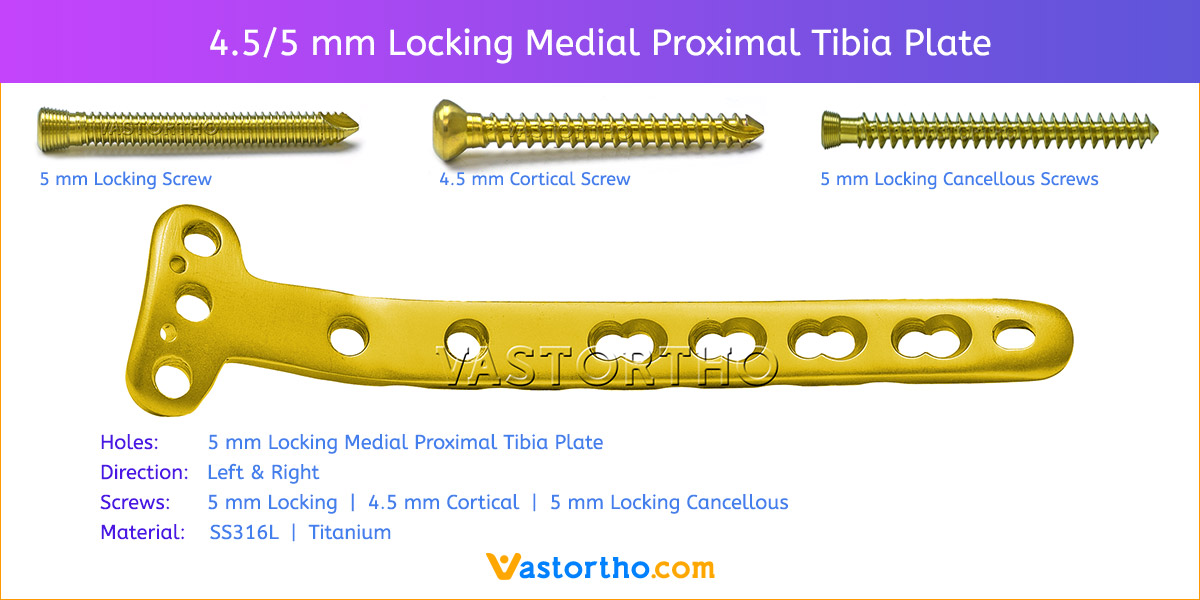 https://www.vastortho.com/wp-content/uploads/5-mm-Locking-Medial-Proximal-Tibia-Plate.jpg
600
1200
VastOrtho
https://www.vastortho.com/wp-content/uploads/Vast-Ortho-Logo-for-website.png
VastOrtho2017-01-22 10:00:082023-07-19 21:59:514.5/5 mm Locking Medial Proximal Tibia Plate
https://www.vastortho.com/wp-content/uploads/5-mm-Locking-Medial-Proximal-Tibia-Plate.jpg
600
1200
VastOrtho
https://www.vastortho.com/wp-content/uploads/Vast-Ortho-Logo-for-website.png
VastOrtho2017-01-22 10:00:082023-07-19 21:59:514.5/5 mm Locking Medial Proximal Tibia Plate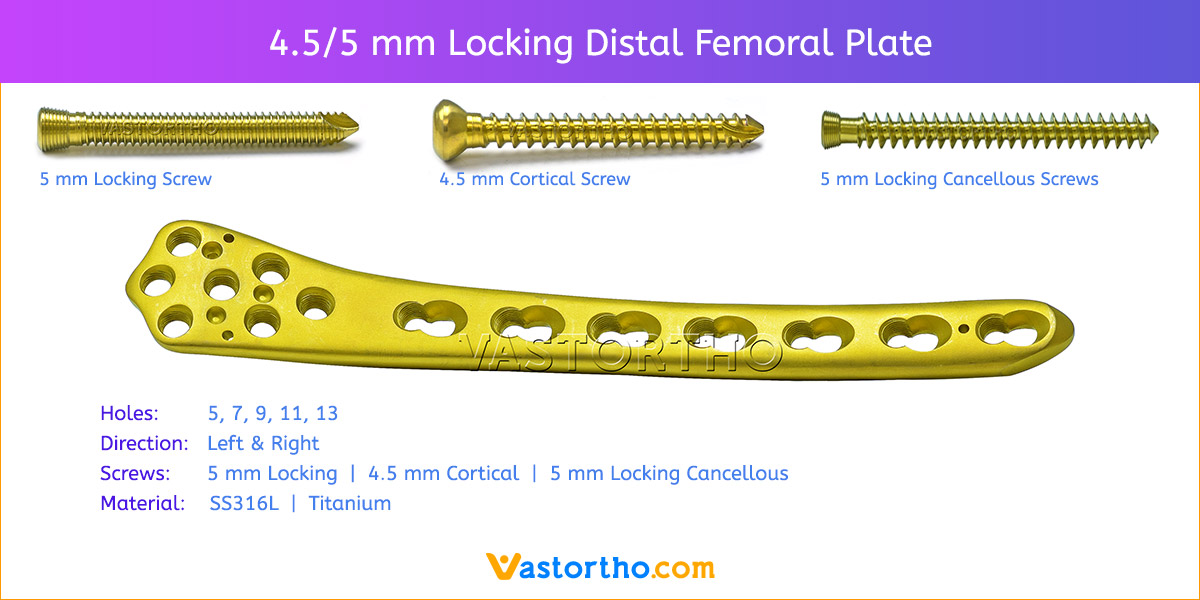 https://www.vastortho.com/wp-content/uploads/5-mm-Locking-Distal-Femoral-Plate.jpg
600
1200
VastOrtho
https://www.vastortho.com/wp-content/uploads/Vast-Ortho-Logo-for-website.png
VastOrtho2017-01-21 10:00:082023-07-19 22:03:354.5/5 mm Locking Distal Femoral Plate
https://www.vastortho.com/wp-content/uploads/5-mm-Locking-Distal-Femoral-Plate.jpg
600
1200
VastOrtho
https://www.vastortho.com/wp-content/uploads/Vast-Ortho-Logo-for-website.png
VastOrtho2017-01-21 10:00:082023-07-19 22:03:354.5/5 mm Locking Distal Femoral Plate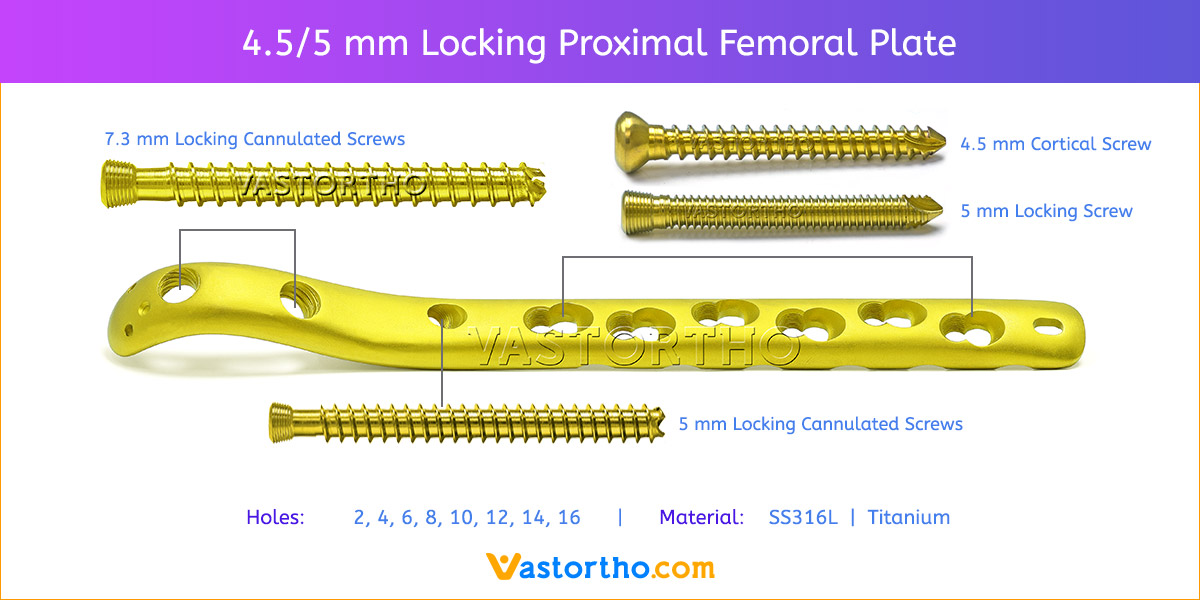 https://www.vastortho.com/wp-content/uploads/5-mm-Locking-Proximal-Femoral-Plate.jpg
600
1200
VastOrtho
https://www.vastortho.com/wp-content/uploads/Vast-Ortho-Logo-for-website.png
VastOrtho2017-01-20 10:00:032023-07-19 22:46:054.5/5 mm Locking Proximal Femoral Plate
https://www.vastortho.com/wp-content/uploads/5-mm-Locking-Proximal-Femoral-Plate.jpg
600
1200
VastOrtho
https://www.vastortho.com/wp-content/uploads/Vast-Ortho-Logo-for-website.png
VastOrtho2017-01-20 10:00:032023-07-19 22:46:054.5/5 mm Locking Proximal Femoral Plate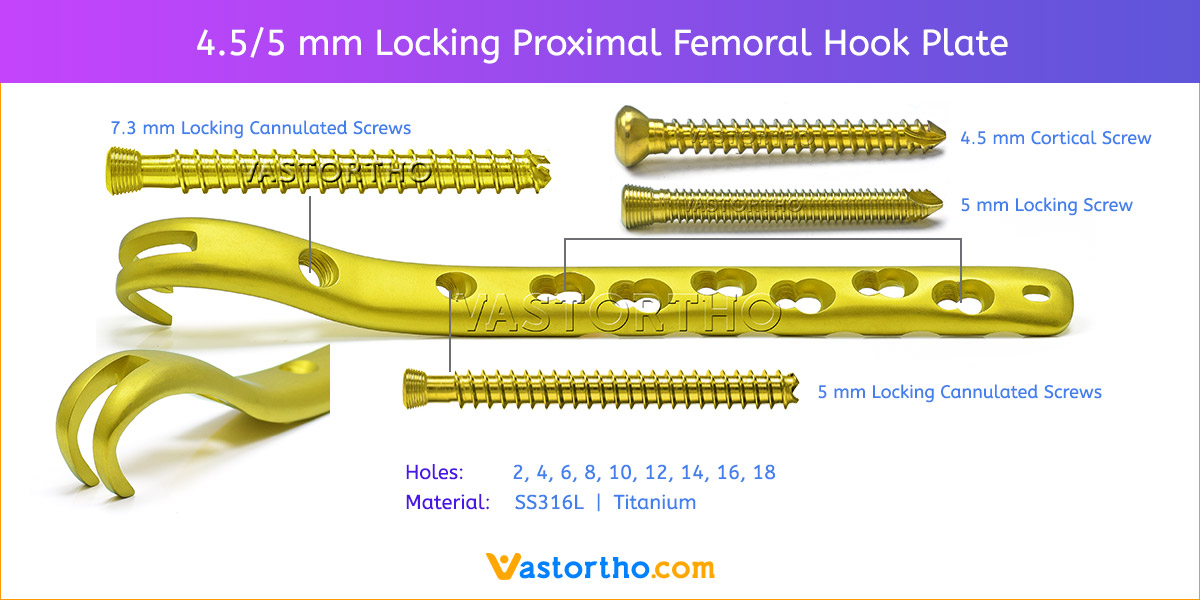 https://www.vastortho.com/wp-content/uploads/5-mm-Locking-Proximal-Femoral-Hook-Plate.jpg
600
1200
VastOrtho
https://www.vastortho.com/wp-content/uploads/Vast-Ortho-Logo-for-website.png
VastOrtho2017-01-19 10:00:032023-07-19 22:48:014.5/5 mm Locking Proximal Femoral Hook Plate
https://www.vastortho.com/wp-content/uploads/5-mm-Locking-Proximal-Femoral-Hook-Plate.jpg
600
1200
VastOrtho
https://www.vastortho.com/wp-content/uploads/Vast-Ortho-Logo-for-website.png
VastOrtho2017-01-19 10:00:032023-07-19 22:48:014.5/5 mm Locking Proximal Femoral Hook Plate https://www.vastortho.com/wp-content/uploads/5-mm-Locking-Condylar-Femoral-Plate.jpg
600
1200
VastOrtho
https://www.vastortho.com/wp-content/uploads/Vast-Ortho-Logo-for-website.png
VastOrtho2017-01-18 10:00:092023-06-15 23:54:554.5/5 mm Locking Condylar Femoral Plate
https://www.vastortho.com/wp-content/uploads/5-mm-Locking-Condylar-Femoral-Plate.jpg
600
1200
VastOrtho
https://www.vastortho.com/wp-content/uploads/Vast-Ortho-Logo-for-website.png
VastOrtho2017-01-18 10:00:092023-06-15 23:54:554.5/5 mm Locking Condylar Femoral Plate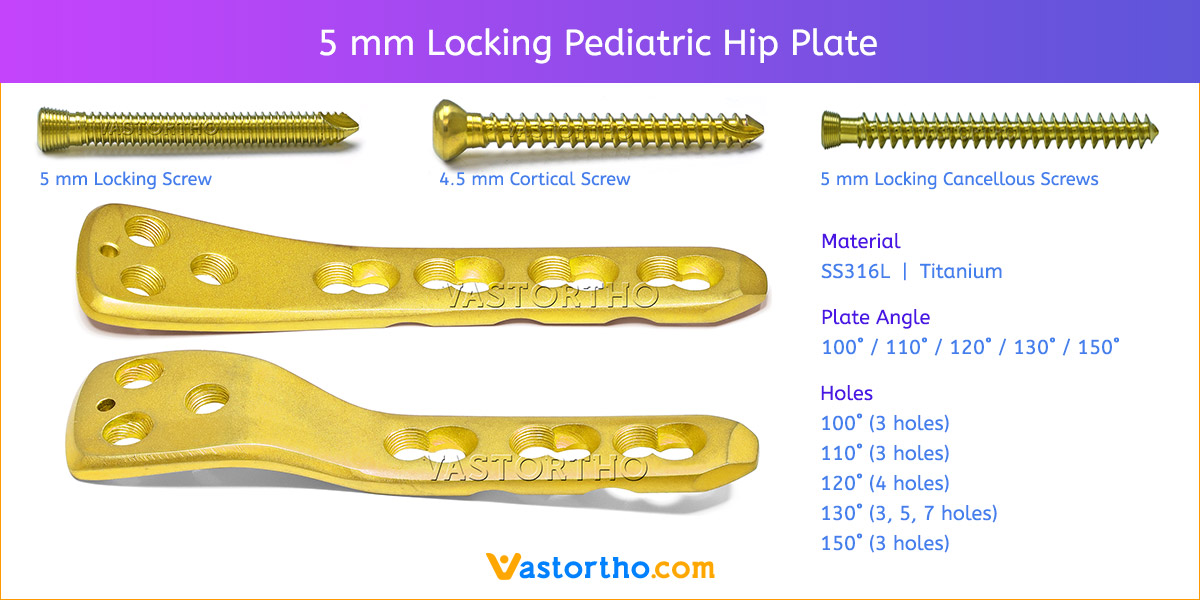 https://www.vastortho.com/wp-content/uploads/5-mm-Locking-Pediatric-Hip-Plate.jpg
600
1200
VastOrtho
https://www.vastortho.com/wp-content/uploads/Vast-Ortho-Logo-for-website.png
VastOrtho2017-01-17 10:00:102023-06-15 23:56:485 mm Locking Pediatric Hip Plates
https://www.vastortho.com/wp-content/uploads/5-mm-Locking-Pediatric-Hip-Plate.jpg
600
1200
VastOrtho
https://www.vastortho.com/wp-content/uploads/Vast-Ortho-Logo-for-website.png
VastOrtho2017-01-17 10:00:102023-06-15 23:56:485 mm Locking Pediatric Hip Plates

